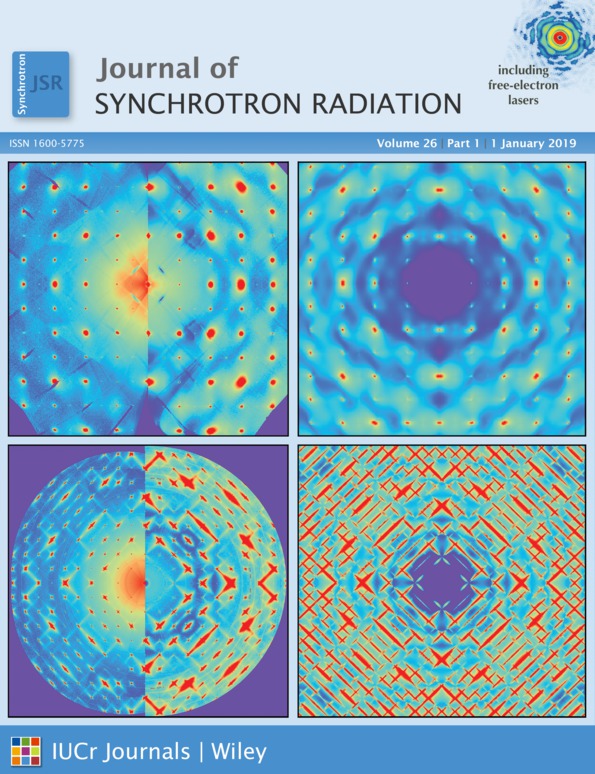Alignment of the aberration-free XUV Raman spectrometer at FLASH
Abstract
An extreme-ultraviolet (XUV) double-stage Raman spectrometer is permanently installed as an experimental end-station at the PG1 beamline of the soft X-ray/XUV free-electron laser in Hamburg, FLASH. The monochromator stages are designed according to the Czerny–Turner optical scheme, adapted for the XUV photon energy range, with optical elements installed at grazing-incidence angles. Such an optical scheme along with the usage of off-axis parabolic mirrors for light collimation and focusing allows for aberration-free spectral imaging on the optical axis. Combining the two monochromators in additive dispersion mode allows for reaching high resolution and superior stray light rejection, but puts high demands on the quality of the optical alignment. In order to align the instrument with the highest precision and to quantitatively characterize the instrument performance and thus the quality of the alignment, optical laser interferometry, Hartmann–Shack wavefront-sensing measurements as well as off-line soft X-ray measurements and extensive optical simulations were conducted. In this paper the concept of the alignment scheme and the procedure of the internal optical alignment are presented. Furthermore, results on the imaging quality and resolution of the first monochromator stage are shown.




